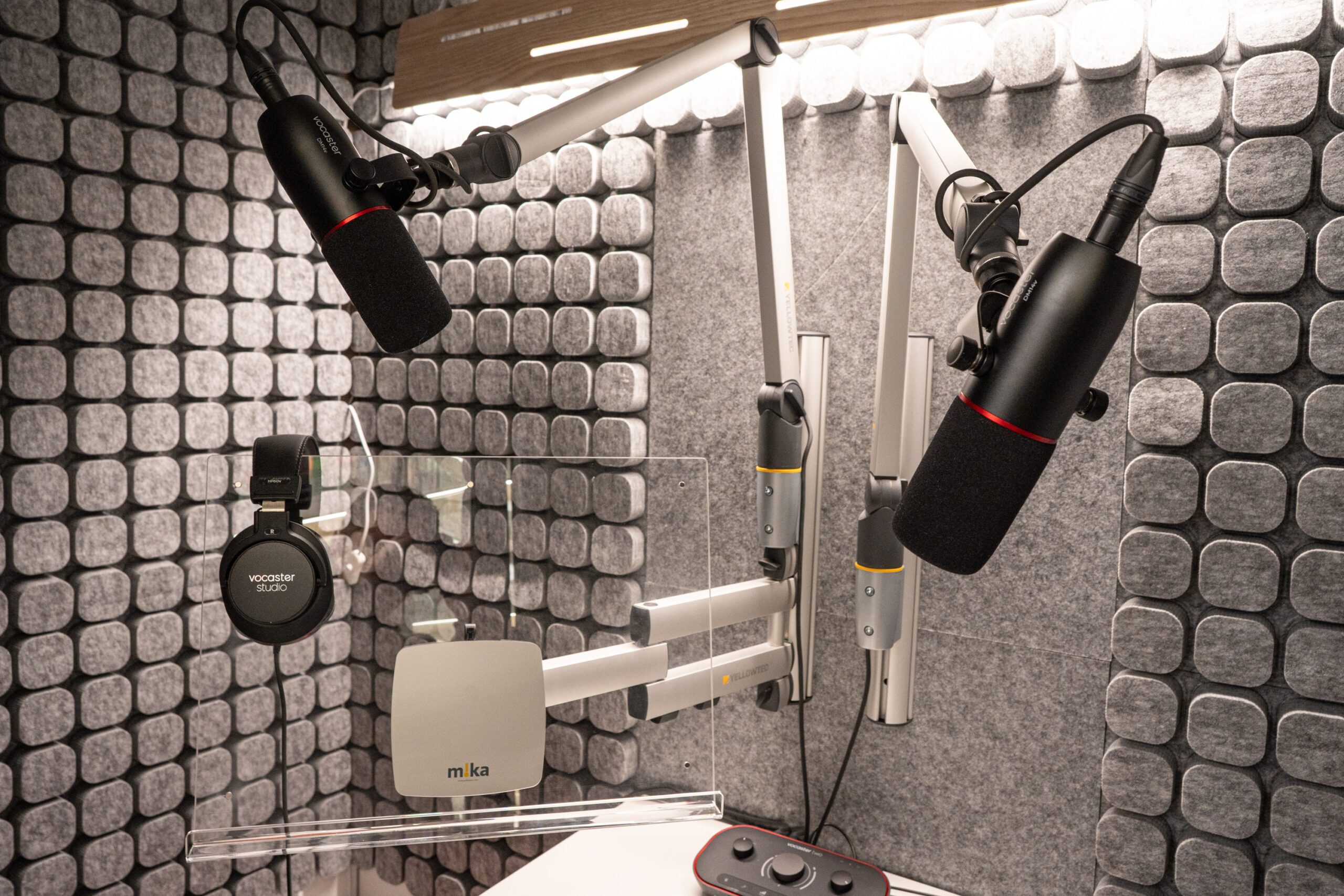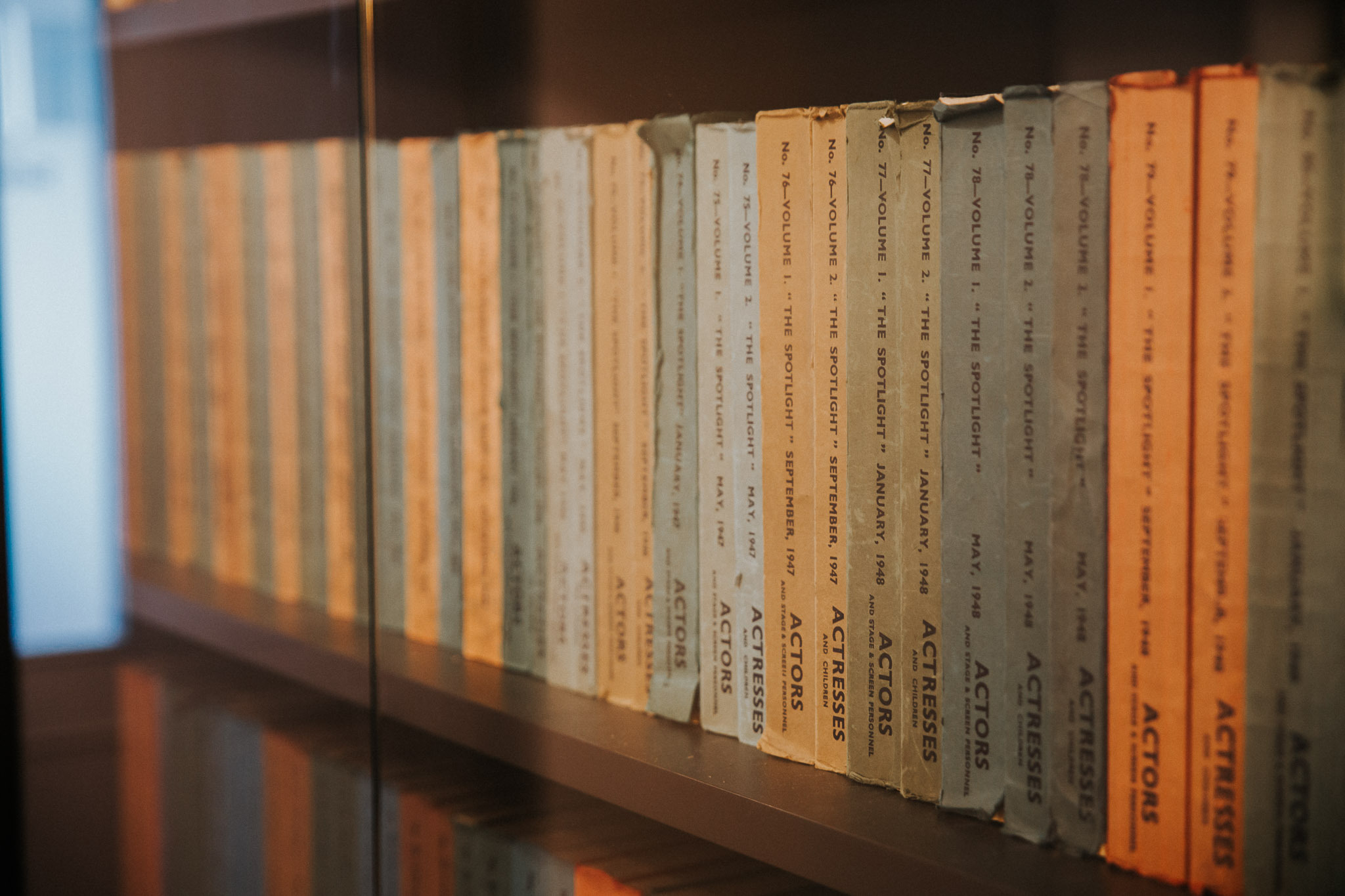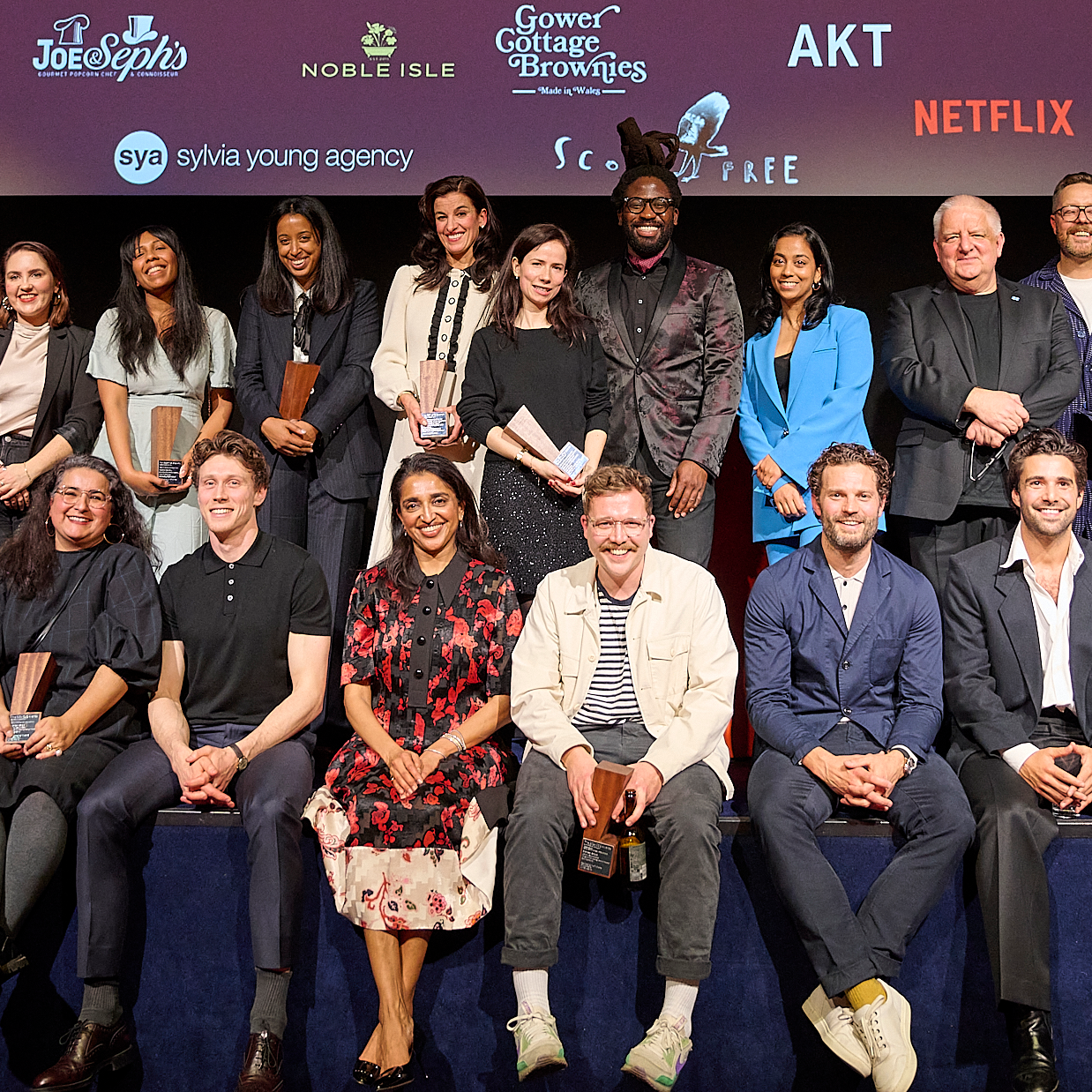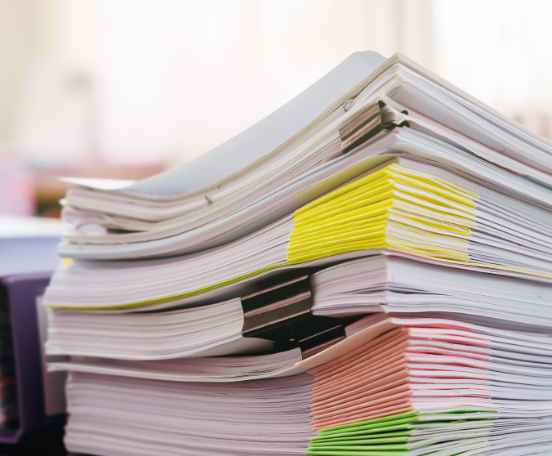What to expect on the set of a TV production and the crew you may work with
Filming a role in a TV show is an exhilarating experience that requires actors and a behind-the-scenes crew to work together to achieve the creative vision. The crew who work in TV are skilled professionals who each play a unique part in bringing a TV show to life.
If you’ve booked your first role and are finding the process daunting, this guide will introduce you to the crew you’ll meet on set and break down the job that everyone does.
Who Do TV Actors Work With?
In alphabetical order, here are some of the crew you’ll encounter when working on a TV set:
Camera Operator
The camera operator sets up the camera equipment and selects the lenses and camera angles. They work alongside the director to plan and rehearse the shots and follow a camera script.
Casting Director
The casting director works with the creative team to determine what type of actors they’re looking for. Once they have all the required information, a breakdown is created to send to agents and performers or is posted on Spotlight. Casting directors often keep a database of performers and can invite actors they know to an audition or scout new talent as required.
Check out our interviews with casting directors about what the work they do.
Costume Designer
The costume designer sources and creates clothing to reflect the characters in the script. Costumes play a huge role in the popularity of TV shows and have given some designers, such as Sex and the City’s Patricia Field, celebrity status.
The role of a costume designer is demanding, and while some work alone on smaller productions, period shows such as Bridgerton require the designer to manage a team to make costumes on a larger scale. A wardrobe assistant may work on the shoot to look after the costumes, make any alterations and fit the costumes onto the actors.
Director
The director brings the creative vision to life and is responsible for the technical aspects, such as locations, scheduling and rehearsals. The director plays a crucial role in casting decisions and is there to guide actors through their scenes to draw out the desired performance.
Depending on the size of the project, an assistant director may be required and their role is to support the director with the logistical side – such as the filming schedule and supervising the runners and extras to allow the director time to concentrate on the creative side.
Director of Photography
The director of photography, often known in the industry as the DOP, is responsible for capturing images, lighting, framing, filters, colours and shooting angles and creating the visual elements of a production.
For example, if a scene is on a hot summer’s day, the DOP will plan the lighting and camera angles to create the effect. They use their creative vision to develop a project’s atmosphere, mood, tone and colour and are involved in the editing process in selecting takes and assisting with other artistic decisions.
Gaffer
A gaffer, also known as the chief lighting technician, works closely with the director of photography to control the lighting aesthetics. The gaffer sets up the lighting equipment with technicians based on a lighting plan and has advanced electrical knowledge.
Hair and Make-Up Designer
Hair and make-up designers are the first to arrive on the set each day and work with the director to create the required style for the characters. Productions will hire a prosthetic artist for more specific requirements, such as creating injuries or roles that require a total transformation.
Intimacy Coordinator
In recent years, TV, film and theatre productions have started employing intimacy coordinators – trained professionals who act as a liaison between actors and production. The intimacy coordinator choreographs scenes involving nudity, sexual content and other intimate scenes involving physical contact – while facilitating a safe and comfortable working environment for the actors.
Find out more about working with intimacy coordinators here.
Producer
A producer wears many different hats and is ultimately the CEO of a project, overseeing it from start to finish. The producer hires the creative team – including the director. They’re in charge of the finances, including getting the initial funding and keeping the budget and filming schedule on track. The producers also oversee the health and safety of the set and crew and will delegate tasks to an assistant producer, depending on the scale of the project.
Read about a day in the life of a producer on our sister site, Staff Me Up.
Production Assistant
A production assistant (PA) usually reports to the director and is responsible for keeping the production on track. Their duties include assisting with setting up lights, equipment and props. They help crew members, such as costume designers and camera people, with tasks, crowd control and administrative work.
Gaining an understanding of the roles and responsibilities of those you are working with on a TV set creates a productive working environment. This will also make everyone feel more confident during filming and promote a professional experience for all involved.
Read more about a day in the life of a production assistant on our sister website, Staff Me Up.
Production Designer
The production designer is responsible for creating the aesthetic appearance of the interior sets. They work closely with the director to develop the concept and meet the production requirements. The designer reads the script and ensures the visual descriptions are accurately replicated.
Depending on the size of the project, the production designer will hire and manage an art department team that includes a design and construction team.
Read our interview with production designer Gemma Jackson who has worked on Aladdin, Game of Thrones and Kate Winslet’s upcoming film, Lee.
Production Runner
Being a production runner is a stepping stone into a career in TV, and many celebrities got their start this way, including Dermott O’Leary. A runner’s duties can change at a moment’s notice and include:
- Making hot drinks for cast and crew
- Setting up green rooms and meeting rooms
- Looking after guests and contestants
- Running ad-hoc errands as required
Screenwriter
The writer is the heart of a TV show who creates gripping plots and memorable characters. Some shows, such as Happy Valley, have one writer, whereas Sex Education uses a team, known in the industry as a ‘writers room’. The writer’s job is not over once the script is finished, as directors often require edits and rewrites throughout filming.
Script Supervisor
Most TV shows are shot out of sequence and a script supervisor, also known as the continuity supervisor, is integral to maintaining consistency and avoiding errors while filming.
For example, if the same scene is filmed over two days, the script supervisor ensures the set, props, lighting and the actor’s hair, make-up and costume look the same on both days. They keep a daily report for the director, which plays a helpful role in the editing process.
Sound Technician
The sound technician ensures the audio element of the production is of the highest quality and sets up equipment based on the sound designer’s instructions. They will install microphones, operate the boom microphone during filming and resolve technical sound issues.
Find more tips and advice about working in television here.
 Sarah Ridgway trained as an actor and has dabbled in stand-up comedy. Sarah is now a freelance writer, and her credits include Backstage and Actors Pro Expo; she is also passionate about empowering solo female travel.
Sarah Ridgway trained as an actor and has dabbled in stand-up comedy. Sarah is now a freelance writer, and her credits include Backstage and Actors Pro Expo; she is also passionate about empowering solo female travel.
Image credit: vm / iStock



















